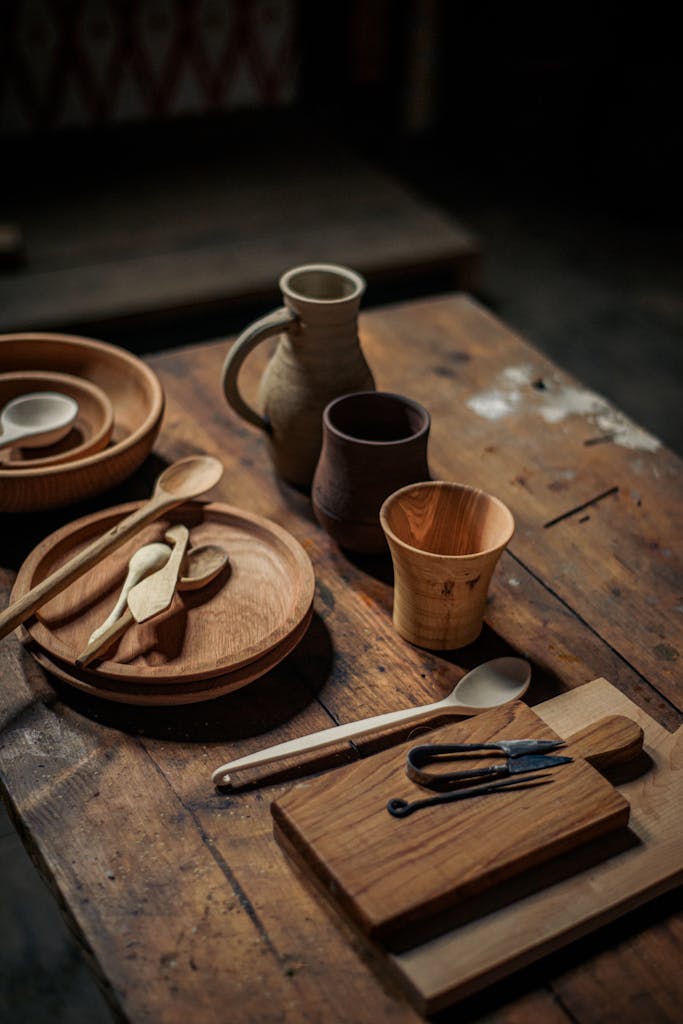Sanding and Finishing: Final Steps That Matter
In woodworking, the final impression is just as important as the first cut. Sanding and finishing may be the last steps, but they are the ones that truly define the look, feel, and durability of your piece. These final touches can elevate your work from good to great.
1. Why Sanding Matters
Sanding prepares your wood surface for finishing by smoothing rough spots, removing imperfections, and opening up the grain.
Benefits of Proper Sanding:
- Achieves a smooth, professional finish
- Removes tool marks, scratches, or glue spots
- Prepares wood for even stain or finish absorption
Sanding Grit Guide:
- Coarse (60–80): For heavy material removal
- Medium (100–150): For smoothing surfaces
- Fine (180–220+): For final sanding before finishing
Always sand with the grain, and wipe dust with a tack cloth before applying finishes.
2. The Finishing Touch
Finishing enhances wood’s natural beauty and protects it from moisture, stains, and wear.
Common Types of Finish:
- Oil (Linseed, Tung): Penetrates wood for a rich, natural look
- Stain: Adds color while highlighting the grain
- Varnish & Polyurethane: Durable topcoat for water and scratch resistance
- Shellac & Lacquer: Glossy, fast-drying options
- Paint: Best for solid color finishes or bold designs
3. How to Apply Finishes
Tools:
- Brushes, cloths, foam pads, or sprayers depending on the finish type
Steps:
- Test on scrap wood first
- Apply thin, even coats
- Let each coat dry fully
- Sand lightly between coats (220-grit)
- Apply 2–3 coats for best protection
4. Common Mistakes to Avoid
- Skipping sanding between coats
- Rushing the drying process
- Applying thick, uneven coats
- Not cleaning off dust before finishing
Conclusion
In woodworking, sanding and finishing are not just afterthoughts—they’re what make your project shine. These steps add finesse, beauty, and longevity. Invest time in them, and your craftsmanship will truly stand out.


